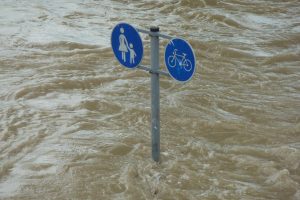. . . . . profitably ahead of the curve
 Outside the remit of 2017 contract work for waterbucket.ca, I developed the hypothesis that the 2009 Lower Cowichan River flood became unusually worse because of the volume of flooding coupled with the architecture of the estuary.
Outside the remit of 2017 contract work for waterbucket.ca, I developed the hypothesis that the 2009 Lower Cowichan River flood became unusually worse because of the volume of flooding coupled with the architecture of the estuary.